“Afghan Fanged Deer Seen After 60 Years of Disappearance from the Wildlife.” Food World News.com: News. New York, NY. Retrieved December 16, 2014.
- Available at: http://www.foodworldnews.com/articles/7946/20141102/afghan-fanged-deer-seen-after-60-years-of-disappearance-from-the-wildlife.htm
“Afghan Fanged Deer Spotted After 60-Year Absence: First Kashmir Musk Deer Seen Since 1948.” The Inquisitr News: Animal News > 1 November 2014. Retrieved December 16, 2014.
Algar, Jim. 31 October 2014. "First Afghan Fanged Deer Spotted After 60 Years." Tech Times.com. New York, NY: Tech Times LLC. Retrieved December 16, 2014.
- Available at: http://www.techtimes.com/articles/19237/20141031/first-afghan-fanged-deer-spotted-after-60-years.htm
Bald, Linsey. 1 November 2014. "Afghan Fanged Deer Spotted After Six Decades: 'Vampire' Deer in Halloween Debut." Examiner.com: News / Top News. AXS Digital Group LLC. Retrieved December 16, 2014.
- Available at: http://www.examiner.com/article/afghan-fanged-deer-spotted-after-six-decades-vampire-deer-halloween-debut
Balthasar, Felix. 1 November 2014. “Kashmir Musk Deer Spotted in Afghanistan, First Sighting in 60 Years.” Maine News: Science. Retrieved December 16, 2014.
Baskin, Leonid. "Musk Deer (Moschinae)." Pp. 335-338 in Grzimek's Animal Life Encyclopedia, 2nd Edition. Volume 15, Mammals IV, edited by Michael Hutchins, Devra G. Kleiman, Valerius Geist, and Melissa C. McDade. Farmington Hills, MI: Gale Group.
Bravo, Kristina. “Fanged Deer Pops Up Six Decades After Last Sighting.” Yahoo! News. Retrieved December 16, 2014.
DDN Correspondent. 1 November 2014. "Fanged Afghan Deer Sighted After 60 Years." Delhi Daily News.com: Sci & Tech. Retrieved December 16, 2014.
- Available at: http://www.delhidailynews.com/news/Fanged-Afghan-deer-spotted-after-60-years-1414826544/
Dickerson, Kelly. 3 November 2014. “Deer with ‘Vampire Fangs’ Spotted for 1st Time in Decades.” Live Science: Animals. Retrieved December 16, 2014.
- Available at: http://www.livescience.com/48585-fanged-deer-sighting-afghanistan.html
Environment and Development Desk, DIIR, CTA. 21 January 2014. “Musk Deer.” Tibet Nature Environmental Conservation Network. Retrieved December 16, 2014.
- Available at: http://www.tibetnature.net/en/musk-deer/
Farrell, Richard. 31 October 2014. "First Afghan Fanged Deer Seen in More Than 60 Years." Discovery.com: Animals > Endangered Species. Discovery Communications, LLC. Retrieved December 16, 2014.
- Available at: http://news.discovery.com/animals/endangered-species/first-afghan-fanged-deer-seen-in-more-than-60-years-141031.htm?AID=11732244&PID=6151680&SID=yfk2b5uuquso&URL=http%3A%2F%2Fnews.discovery.com%2Fanimals%2Fendangered-species%2Ffirst-afghan-fanged-deer-seen-in-more-than-60-years-141031.htm&ecid=AFF-7975437&pa=affcj&PCID=2470763
Feltman, Rachel. 31 October 2014. “Fanged Deer Pops up in Afghanistan, 60 Years After Its Last Appearance.” The Washington Post: Speaking of Science. Retrieved December 16, 2014.
Fernandez, Kristina. 1 November 2014. “Fanged Afghan Deer Believed Extinct Sighted After 60 Years.” China Topix.com: Science. Retrieved December 16, 2014.
Flerov, Konstantin Konstantinovich. 1952. Musk Deer and Deer. Moscow, Russia: Academy of Sciences of the USSR.
Graham, Karen. “Thought to be Extinct, the Fanged Deer of Afghanistan Lives on.” Digital Journal.com: Science. Retrieved December 16, 2014.
Green, M.J.B. 1987. “Some Ecological Aspects of a Himalayan Population of Musk Deer.” Pp. 307-319 in The Biology and Management of Cervidae edited by C.M. Wemmer. Washington, D.C.: Smithsonian Press.
Griffiths, Sarah. “Return of the Vampire DEER: Bizarre Fanged Mammal Spotted in Afghanistan for First Time in 60 Years.” Daily Mail Online: Science & Tech. Retrieved December 16, 2014.
- Available at: http://www.dailymail.co.uk/sciencetech/article-2819109/Return-vampire-DEER-Bizarre-fanged-mammal-spotted-Afghanistan-time-60-years.html
Groves, C.P. 2011. "Family Moschidae (Musk-Deer)." In Handbook of the Mammals of the World. Volume 2: Hooved Mammals edited by D.E. Wilson and R.A. Mittermeier. Barcelona, Spain: Lynx Edicions.
Groves, C.P.; and Grubb, P. 1987. "Relationships of Living Deer." Pp. 1-40 in Biology and Management of the Cervidae edited by C. Wemmer. Washington, D.C.: Smithsonian Institution Press.
Groves, C. P.; Yingxiang, W.; and Grubb, P. 1995. "Taxonomy of Musk-Deer, Genus Moschus (Moschidae, Mammalia)." Acta Theriologica Sinica 15(3):181-197.
<>Grubb, P. 2005. "Artiodactyla." Pp. 637-722 in Mammal Species of the World. A Taxonomic and Geographic Reference (3rd Edition) Edited by D.E. Wilson and D.M. Reeder. Baltimore, MD: Johns Hopkins University Press.
Hassinger, Jerry D. 6 April 1973. "A Survey of the Mammals of Afghanistan, Resulting from the 1965 Street Expedition (Excluding Bats)." Fieldiana Zoology 60:1162. Chicago IL: Field Museum of Natural History Press.
- Available via Internet Archive at: https://archive.org/details/surveyofmammalso60hass
Hays, Brooks. 31 October 2014. “Fanged Deer Spotted in Afghanistan, First Sighting in 60 Years.” UPI.com: Science News. Washington, D.C.: United Press International, Inc. Retrieved December 16, 2014.
“Kashmir Muskdeer (Moschus cupreus).” ARKive.org: Species > Mammals. Retrieved December 16, 2014.
Kelly, Steve. 1 November 2014. “Rare Deer with FANGS Feared Extinct Is Spotted for First Time in Over 60 Years.” Mirror.Co.UK: News > Weird News > Rare Animals. London, England: The Daily Mirror, MGN Ltd., Trinity Mirror plc. Retrieved December 16, 2014.
Lydekker, R. (Richard). 1900. The Great and Small Game of India, Burma, & Tibet. London: Rowland Ward, Limited.
- Available via Internet Archive at: https://archive.org/details/greatsmallgameof1900lyde
Maher, Julie Larsen. “Musk Deer.” EurekAlert!.com: Multimedia > Public Releases. Washington, D.C.: American Association for the Advancement of Science. Retrieved December 16, 2014.
“Moschus cupreus (Kashmir Muskdeer).” ZipcodeZoo: Species Identifier 4753183. Retrieved December 16, 2014.
- Available at: http://zipcodezoo.com/animals/m/moschus_cupreus/
Nowak, R.M. 1999. Walker’s Mammals of the World. Sixth edition. Baltimore, MD; and London, England: The Johns Hopkins University Press.
Ostrowski, Stephane; Rahmani, Haqiq; Ali, Jan Mohammad; Ali, Rita; and Zahler, Peter. 22 October 2014. “Musk deer Moschus cupreus Persist in the Eastern Forests of Afghanistan.” Oryx / FirstView Article 1-6. Available on CJO2014. doi:10.1017/S0030605314000611.
Pickrell, John. 7 September 2004. “Poachers Target Musk Deer for Perfumes, Medicines.” National Geographic.com: News. Retrieved December 16, 2014.
Qaisar, Raja. “About Azad Kasmir.” Kashmir Wildlife. Retrieved December 16, 2014.
- Available at: http://www.kashmirwildlife.com/index.html
Rawat, Gopal S.; and Wikramanayake, Eric D., with contributions from Pralad Yonzon. “Himalayan Subtropical Pine Forests.” World Wildlife Fund: Ecoregions > Tropical and Subtropical Coniferous Forests. Retrieved December 16, 2014.
- Available at: https://www.worldwildlife.org/ecoregions/im0301
Rue, Dr. Leonard Lee III. 2003. The Encyclopedia of Deer: Your Guide to the World's Deer Species, Including Whitetails, Mule Deer, Caribou, Elk, Moose, and More. Stillwater MN: Voyageur Press.
Sautner, Stephen; and Delaney, John. 31 October 2014. “Strange, Fanged Deer Persists in Afghanistan.” WCS.org: Press > Press Releases. Bronx, NY: Wildlife Conservation Society. Retrieved December 16, 2014. Available at:
- http://www.eurekalert.org/pub_releases/2014-10/wcs-sfd103114.php
- http://phys.org/news/2014-10-strange-fanged-deer-persists-afghanistan.html
- http://www.sciencecodex.com/strange_fanged_deer_persists_in_afghanistan-144656
- http://www.sciencedaily.com/releases/2014/10/141031120449.htm
Shakespeare, William. 1597. Henry the Fourth, Part 2. Act 3, Scene 1, Lines 26 - 31: III:1:26 - 31.
Sterndale, Robert A. (Armitage). 1884. Natural History of the Mammalia of India and Ceylon. Calcutta, India: Thacker, Spink, and Co.; Bombay, India: Thacker and Co., Limited; London, England: W. Thacker and Co.
- Available via Internet Archive at: https://archive.org/details/naturalhistoryof00ster
Su, B.; Wang, Y.X.; Lan, H.; Wang W.; and Zhang, Y. P. 2001. "Phylogenetic Study of Complete Cytochrome b Genes in Musk Deer (Genus Moschus) Using Museum Samples." Molecular Phylogenetics and Evolution 12(3):241-249.
Timmins, R.J.; and Duckworth, J.W. 2008. "Moschus cupreus." The IUCN Red List of Threatened Species. Version 2014.2. International Union for Conservation of Nature and Natural Resources. Retrieved December 16, 2014.
- Available at: http://www.iucnredlist.org/details/full/136750/0
Zurko, Roz. 1 November 2014. "Afghan Fanged Deer Not Seen in 60 Years Rediscovered: Fangs for Mating Ritual." Examiner.com: News / Top News. AXS Digital Group LLC. Retrieved December 16, 2014.
- Available at: http://www.examiner.com/article/afghan-fanged-deer-not-seen-60-years-rediscovered-fangs-for-mating-ritual


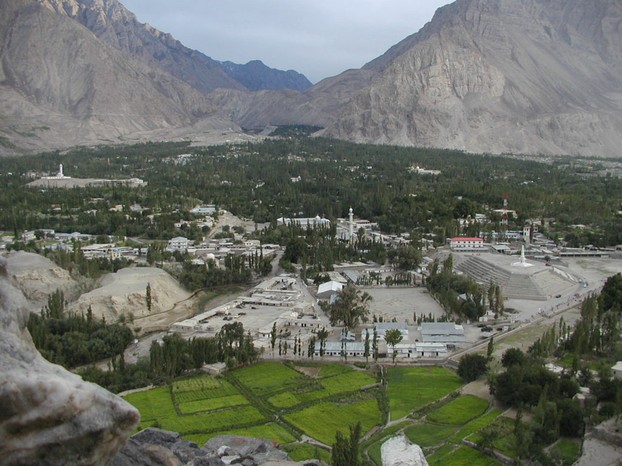
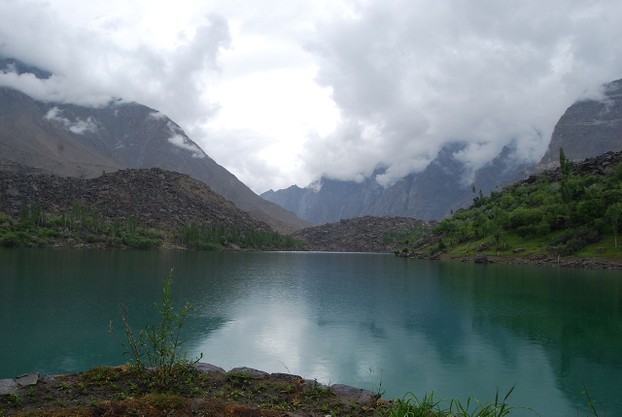
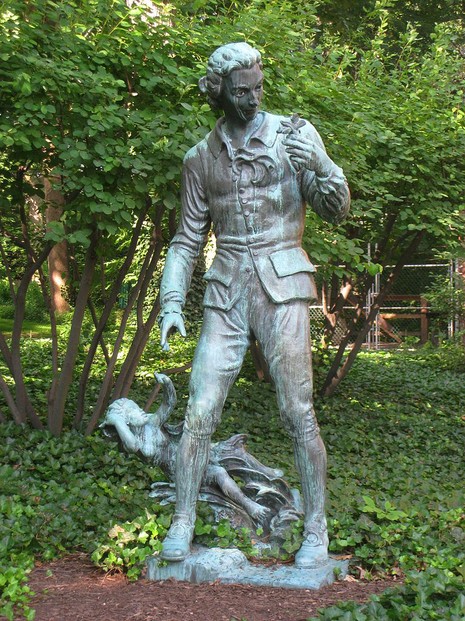
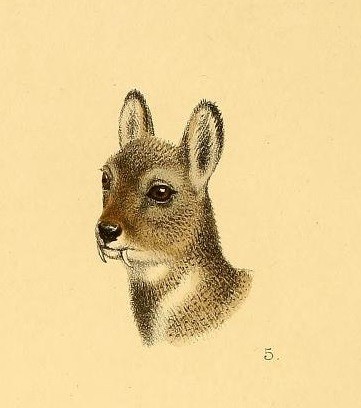
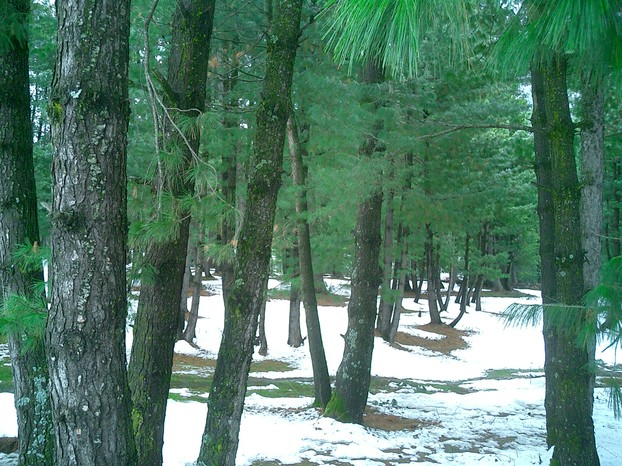
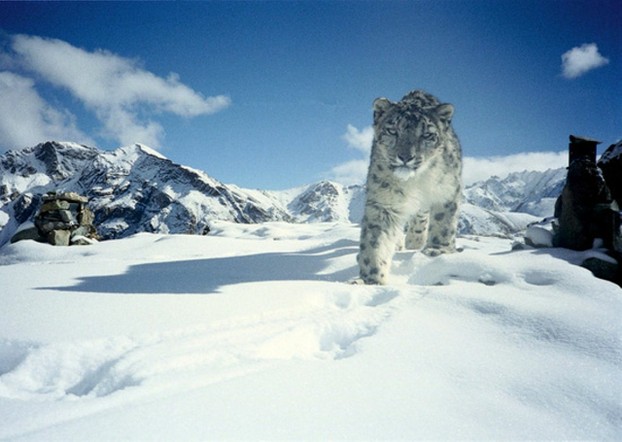
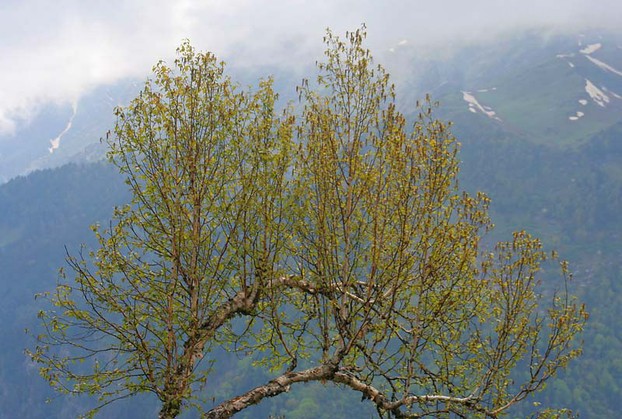
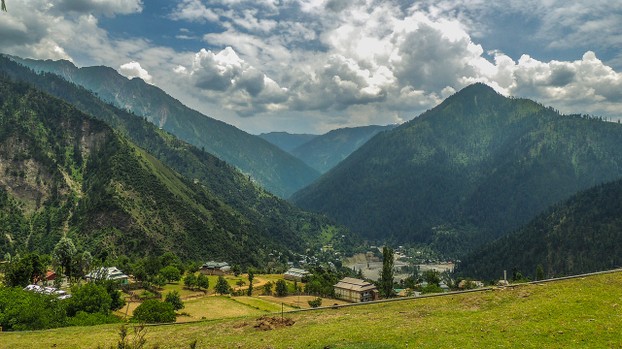
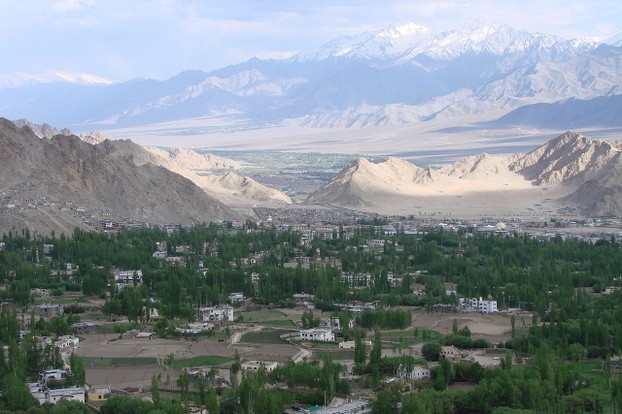

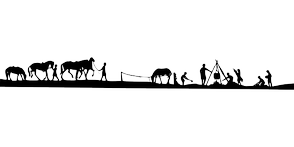

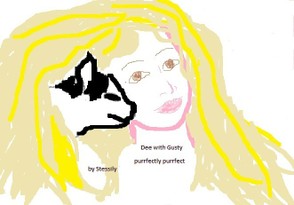
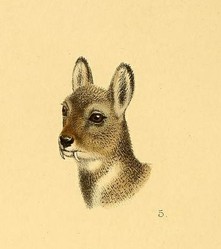

 Are Hawaiian Huakai Po Nightmarchers Avenging Halloween Thursday?on 10/02/2024
Are Hawaiian Huakai Po Nightmarchers Avenging Halloween Thursday?on 10/02/2024
 Mailing Addresses for 2023 Form 4868 Extending 1040 and 1040SR April 15, 2024, Due Dateon 04/15/2024
Mailing Addresses for 2023 Form 4868 Extending 1040 and 1040SR April 15, 2024, Due Dateon 04/15/2024
 Mailing Addresses for 2023 Forms 1040 and 1040SR Filed in 2024on 04/15/2024
Mailing Addresses for 2023 Forms 1040 and 1040SR Filed in 2024on 04/15/2024
 Mailing Addresses for 2022 Form 4868 Extending 1040 and 1040SR April 18, 2023, Due Dateon 04/13/2023
Mailing Addresses for 2022 Form 4868 Extending 1040 and 1040SR April 18, 2023, Due Dateon 04/13/2023

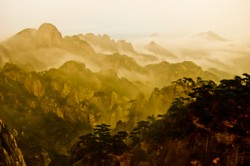
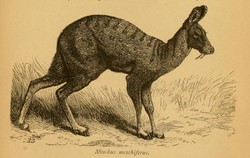
Comments
WriterArtist, Musk deer fragrance is indeed legendary. I'm happy that scientists are refining a process for removing the fragrance without killing the deer.
I have heard about this Kashmir deer and the references to the incredible fragrance it produces. Glad to read about it here.